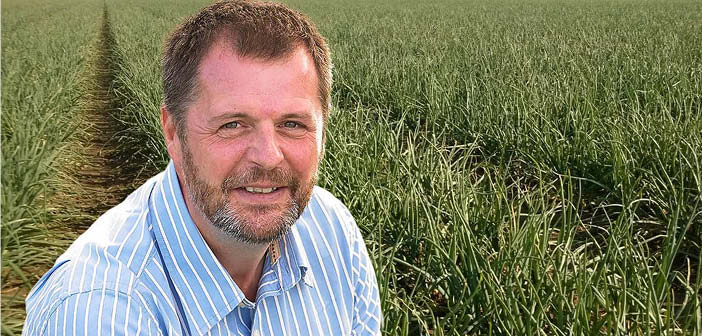New Syngenta onion disease trials results have shown the crucial importance of an effective season-long fungicide strategy in the increasingly challenging conditions for downy mildew, reports Technical Manager, Simon Jackson.
Fungicide trials, grown in Suffolk last year by Deben Agronomy, showed a programme alternating Orondis Plus + Amistar with mancozeb was the only treatment to keep crops clean of onion downy mildew through assessments in July and August.
The downy mildew pathogen can survive overwinter as oospores in the soil, particularly in this season’s wet conditions and relatively mild temperatures.
There is also the threat from infection in September sown overwintered crop, where early conditions can initiate disease development; spores created from early lesions can spread for miles in the wind.
Simon pointed out that this spring’s later sown crops will need to put on rapid compensatory growth, to get to the all-important five true leaf stage by the longest day in June.
Furthermore, where intensive herbicide programmes have been applied late this season, following difficult spring conditions for pre-ems, there is a risk dewaxing leaves that could make plants more susceptible to downy mildew infection.
Simon advocated onion growers and agronomists should be ready to start their downy mildew fungicide strategy in mid-June when canopy development is at its quickest and thickening rapidly.














